2022/23 ‘Quitting Smoking in Pregnancy’ Campaign
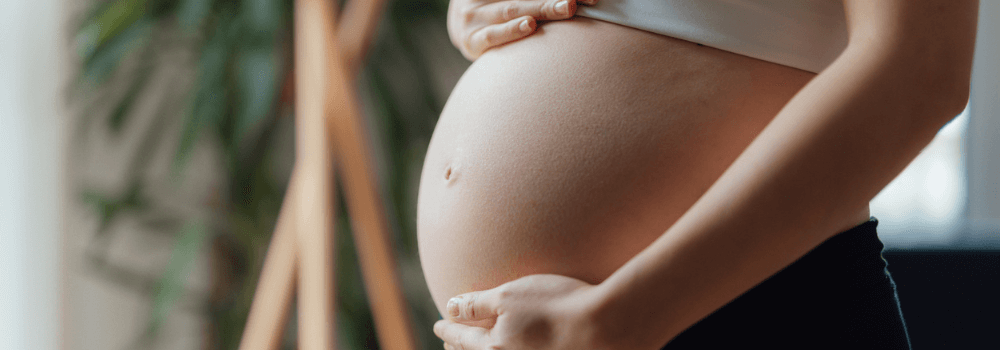
Jump to:
Campaign overview
It is widely known that smoking during pregnancy can be harmful to the child and parent, resulting in poor health and development outcomes for the baby, and health risks to the mother.
Most women and people who smoke during pregnancy want to quit, however, given smoking has been central to their lives through habit and as a stress reliever, it is challenging. In addition, for pregnant women, nicotine metabolises more quickly, making nicotine addiction even harder to break.[1]
The Cancer Institute NSW has planned a tactical campaign to encourage and support expectant parents to quit smoking with the ‘Quitting Smoking in Pregnancy’ campaign.
The campaign will show pregnant women going through the stages of pregnancy, and communicate that at every stage smoking is harmful.
The key objective is to motivate and support these women to quit by communicating that help is available. The desired action resulting from the activity is to help connect expectant parents who smoke with support services to seek help and support to quit.
Key call to actions are:
- Speak with your doctor or midwife.
- Call Quitline on 13 7848 and speak with a qualified counsellor with specialist training in helping people stop smoking.
The campaign is live from 6 February to 30 April 2023 and is being delivered across digital display, social media (Facebook, Instagram) and editorial content via partnerships with Mamamia and NineHoney.
Why we need a campaign
Smoking in pregnancy has significantly reduced over the past 20 years, however, there has been little change in smoking in pregnancy rates in the last five years.[2]
Smoking in pregnancy is a key priority for NSW Health Tobacco Control, due to the detrimental effects of tobacco and risks for both the mother and child such as:
- Risk of miscarriage/stillbirth.
- Premature births/born underweight – at higher risk of delayed development and/or disease.
- Birth defects and infections.
- Sudden Infant Death Syndrome (SIDS).
- Long-term damage to the lungs, brain, and blood, e.g., asthma.[3]
In NSW in 2020[4]:
- There was a total of 91,240 pregnant women. Of those, 8.6% (7,887) reported smoking during their pregnancy.
- 41.7% (1,880) of Aboriginal pregnant women smoked, compared to 7.0% (5,981) of non-Aboriginal pregnant women.
- Smoking during pregnancy was highest in the most disadvantaged socio-economic segments.
- The highest rates of smoking during pregnancy were in the remote and very remote regions (25.9%) compared to outer regional (18.8%), inner regional (15.5%) and major cities (6.6%).
- Young pregnant women, aged 19 and under, had higher rates of smoking during pregnancy, compared to women aged 20–34 or 35 and over.
As the data above shows, there are increased rates of smoking during pregnancy in low socio-economic segments, remote/regional areas, and Aboriginal women. Therefore, the media approach has been considered to ensure we reach these groups.
Target audience
The campaign will target pregnant women aged 18–34 years in NSW who smoke. This will target women at any stage of their pregnancy, with hopes to also reach parents who are looking to conceive.
There is also a focus on Aboriginal women due to the high proportion who smoke during pregnancy (see statistics mentioned above).
Key messages
General population audience
- Throughout your pregnancy, no amount of cigarette smoking is safe for your baby.
- Talk to your doctor or midwife or call Quitline for support to quit.
Aboriginal audience
- During your pregnancy, no amount of smoking is safe for you and bub.
- Have a yarn with your doctor or midwife or call Quitline to start your quit journey now.
Campaign assets
We welcome everybody’s help in promoting the campaign and messages. If you are interested, please share the assets below or reach out to the team for more information at: CINSW-Prevention@health.nsw.gov.au.
You can also download the PDF version of the campaign toolkit.
Assets for general population audiences
Digital display
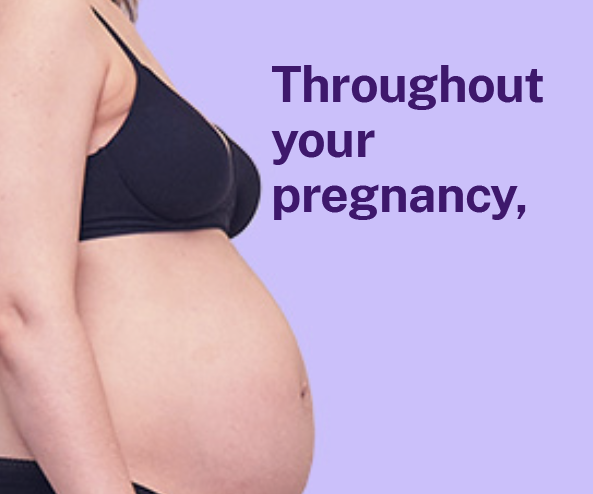
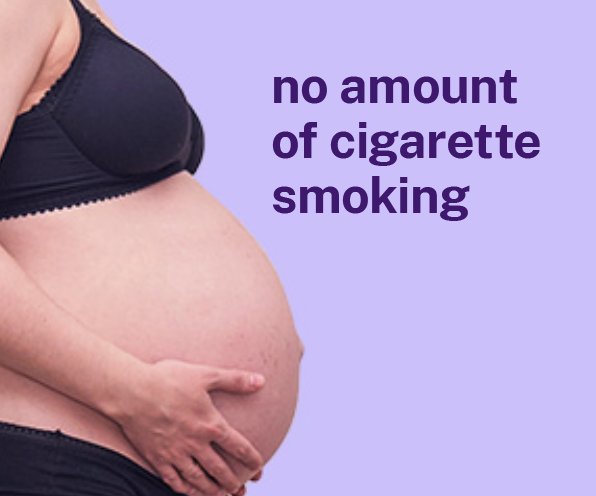
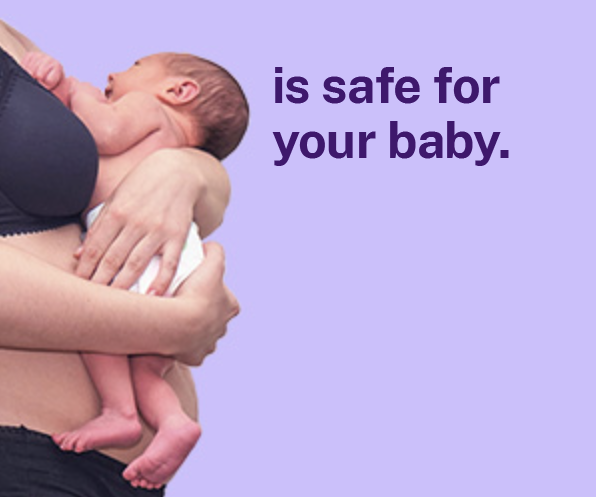
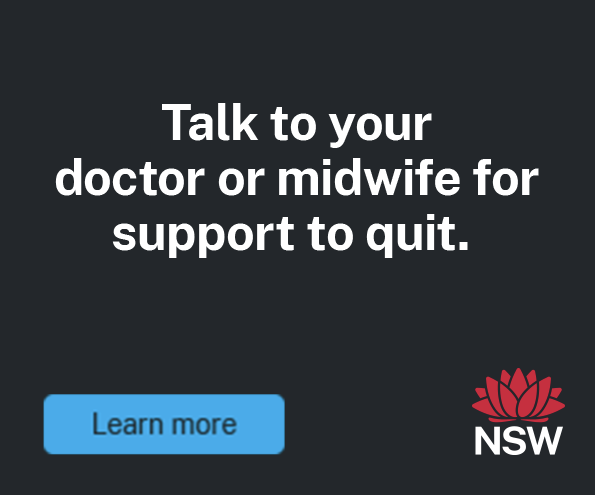
Social media
Assets for Aboriginal audiences
Digital display
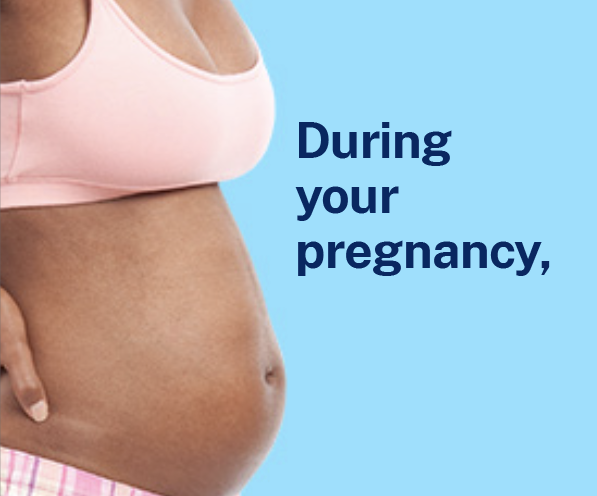
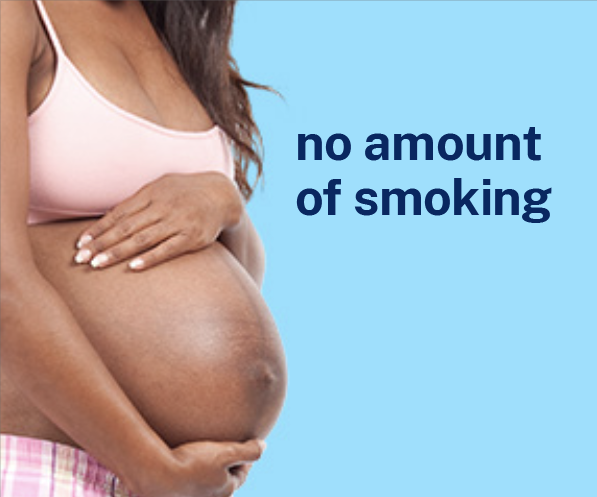
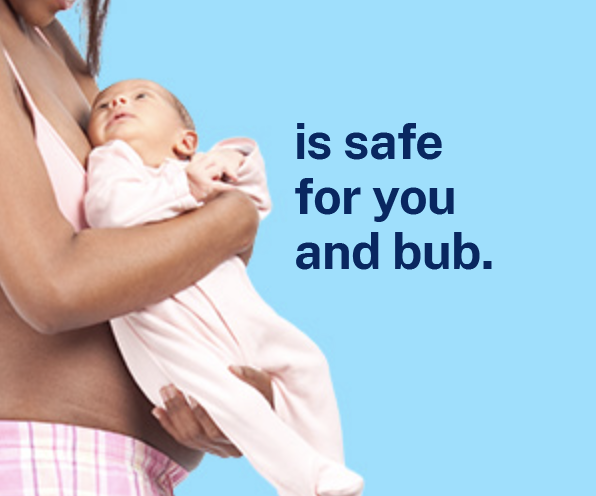
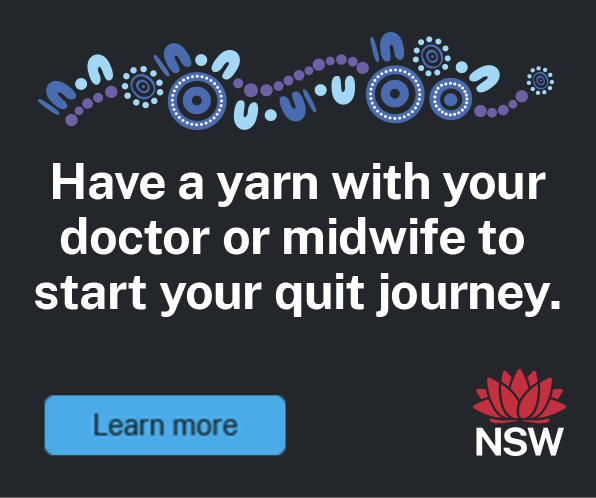
AHTV